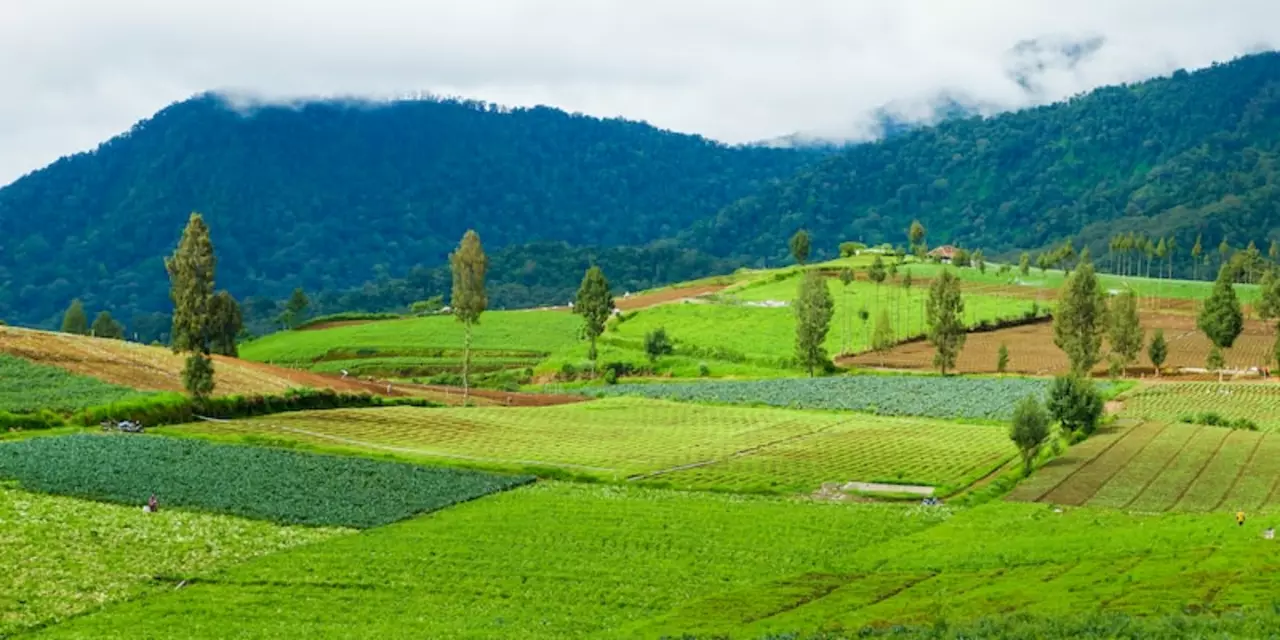Tribal Members: Who They Are and What Matters to Them
When you hear the word “tribal members,” you might picture remote villages or ancient rituals. In reality, tribal members are everyday people living in a mix of traditional settings and modern towns. They belong to distinct communities, each with its own language, customs, and ways of handling daily life.
Understanding Tribal Identity
First off, tribal identity isn’t just about heritage; it’s a living link to the land, the stories told around the fire, and the responsibilities shared with the group. A tribal member often learns the language from birth, participates in seasonal festivals, and follows rules that have been passed down for generations. Those rules cover everything from land use to how to settle a dispute.
Because each tribe has its own structure, the role of a member can vary a lot. In some groups, elders hold the decision‑making power, while in others, leadership shifts to younger generations who bring new ideas. This flexibility helps tribes stay relevant when outside forces—like government policies or market changes—shake things up.
Challenges and Opportunities in the Modern World
Today, tribal members juggle two worlds. On one side, they protect their cultural heritage; on the other, they need education, jobs, and healthcare that match the broader society. Many face limited access to quality schools, which makes it hard to compete for modern jobs. At the same time, losing language skills can feel like losing a piece of self.
Technology is changing the game, though. Smartphones and internet access let tribal members share their stories online, sell handcrafted goods to a global audience, and organize around issues like land rights. Some communities even use drones to map their territories, helping them defend against illegal encroachments.
Health challenges are another big deal. Remote locations often mean fewer clinics, so tribal members rely on traditional medicine or travel long distances for treatment. Partnerships with NGOs have brought mobile health units and telemedicine services, bridging the gap between ancient healing practices and modern science.
Education initiatives that combine school curricula with tribal knowledge are proving effective. When kids learn mathematics alongside their language and customs, they stay connected to their roots while gaining skills for the job market. This dual approach reduces dropout rates and builds pride.
Legal battles over land and resource rights also shape everyday life. Many tribal members are on the front lines of protests against mining or logging projects that threaten their environment. Winning those fights often requires legal support, media attention, and community solidarity—all things that modern communication tools can amplify.
Despite the hurdles, tribal members show remarkable resilience. Community festivals, dance, and storytelling keep culture alive, while entrepreneurship opens new income streams. By blending tradition with innovation, they create a future that honors the past without being stuck in it.
So, whether you’re reading about tribal members out of curiosity or planning a project that touches their lives, remember that they are dynamic individuals. Their identities are rooted in centuries‑old practices, yet they adapt, negotiate, and thrive in today’s fast‑changing world.
Can you buy land on an Indian reservation?
Posted by Aarav Khatri on Jan, 27 2023

Can you buy land on an Indian reservation? The answer to this question is yes, in some cases. Depending on the particular tribe, there are various ways to purchase land on a reservation. Certain Indian tribes allow outsiders to purchase reservation land, while others require that land sales are restricted to tribal members. In some cases, a trust may be established in order to facilitate the purchase of land on an Indian reservation.